Latest

How gamma rays developed the chemical complexity of the cosmos
Researchers have built a better picture of how complex molecules developed in the early Universe before becoming essential for life.

Study finds 75% of Facebook links shared without clicking or reading
People holding political extreme beliefs on either end of the spectrum were more likely to indulge in this behavior.

New treatment for opioid overdose could also stop withdrawal symptoms
New drug reverses fentanyl overdoses by targeting opioid receptors outside the brain, avoiding withdrawal caused by traditional treatments.
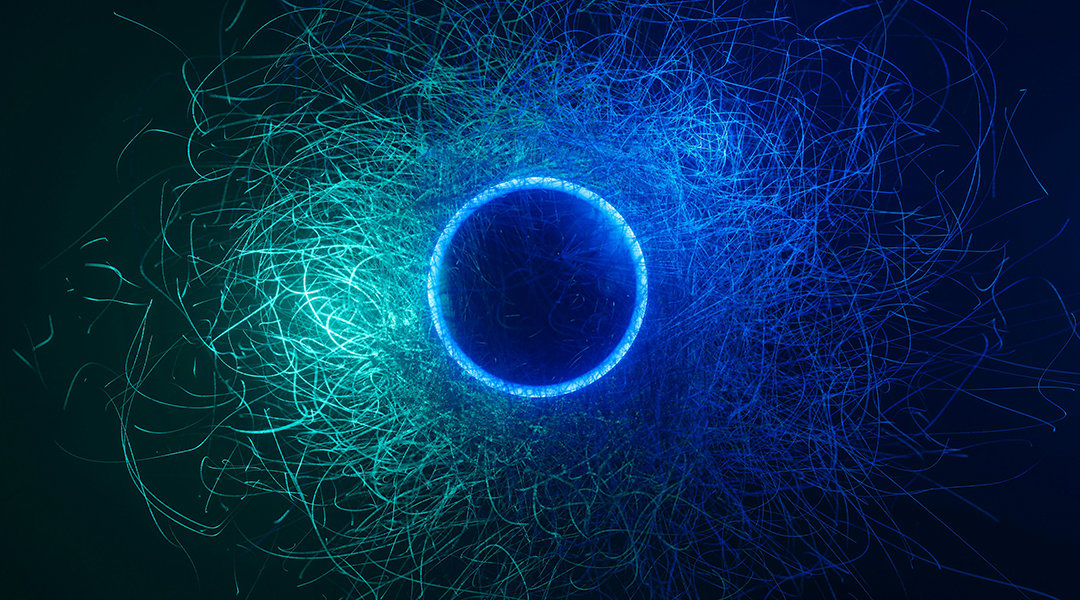
Researchers take a glimpse at the structure of rare tetraquarks
A new study explores tetraquarks, predicts new exotic particles, and offers deeper insights into their complex structure and behavior.

Fungi could unlock the recycling of carbon fiber
Scientists have developed a process to recycle carbon fiber into valuable chemicals with the help of fungi.

A working quantum battery may be just around the corner
Scientists create designs for quantum batteries, which harness the potential of quantum mechanics to enhance energy storage.
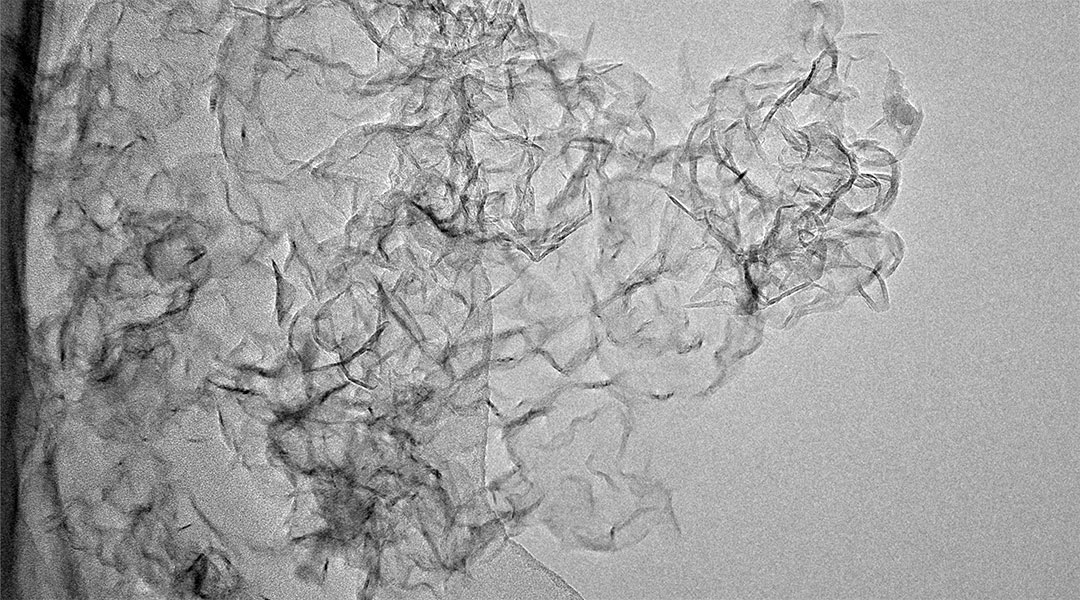
How can we spur plastic upcycling? Turn it into something valuable
Scientists convert harmful microplastics into valuable graphene using plasma, offering a promising solution for this type of pollution.
ASN Weekly
Sign up for our weekly newsletter and receive the latest science news directly to your inbox.

Integrating mind-body therapies can help cancer patients with anxiety and depression
How embracing complementary therapies for depression and anxiety during cancer therapy can be a powerful way to enhance quality of life and patient outcomes.
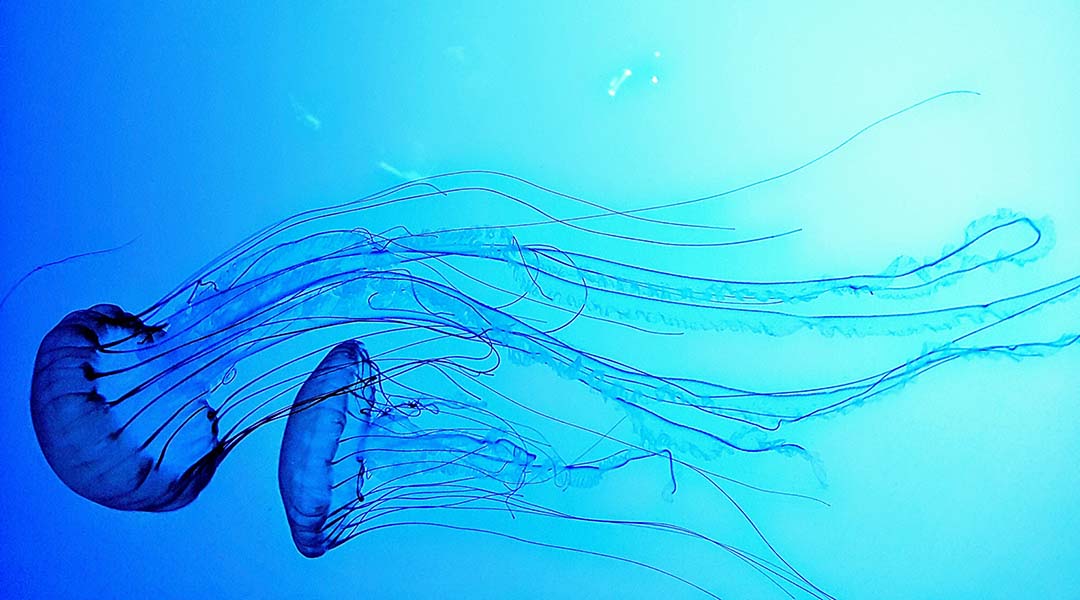
Box jellyfish show surprising ability to learn without a brain
Learning from experience was believed to be restricted to more advanced creatures, but in a first, Caribbean jellyfish were shown to learn from past mistakes.

James Webb Telescope deepens the mystery of the expansion of the Universe
It’s looking less and less likely that the Hubble tension is a result of observational errors.

Harnessing entanglement and curved spacetime to make quantum radar a reality
Scientists investigate the synergy of entanglement and curved spacetime in advancing quantum radar technology for precise distance measurement.
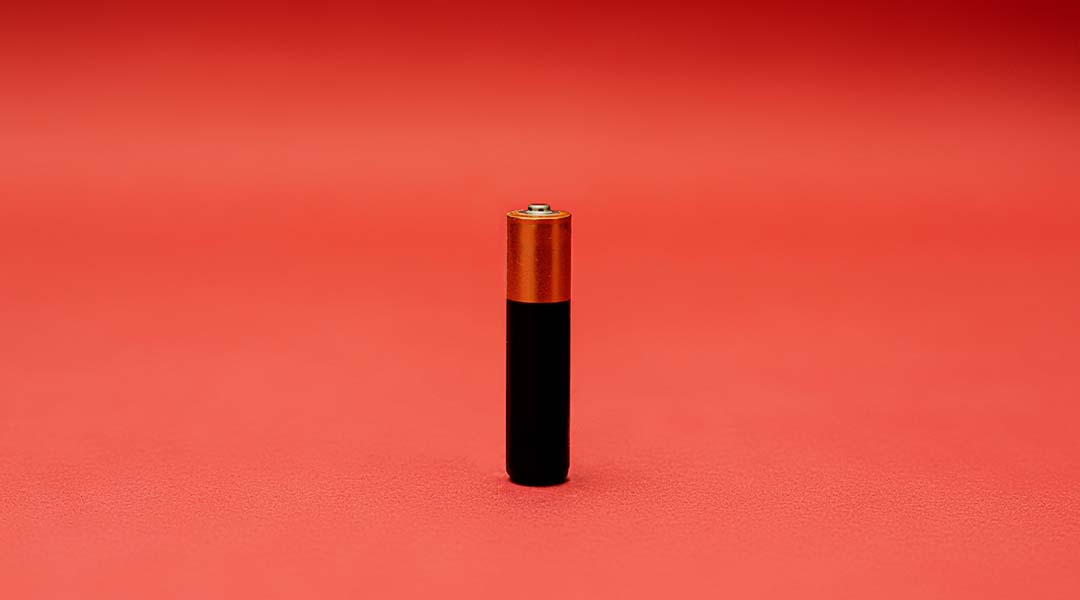
Bringing aqueous rechargeable zinc iodine batteries to the mainstream energy market
New research aims to improve the stability and safety of alternatives to rechargeable lithium-ion batteries using aqueous zinc and hydrogels.
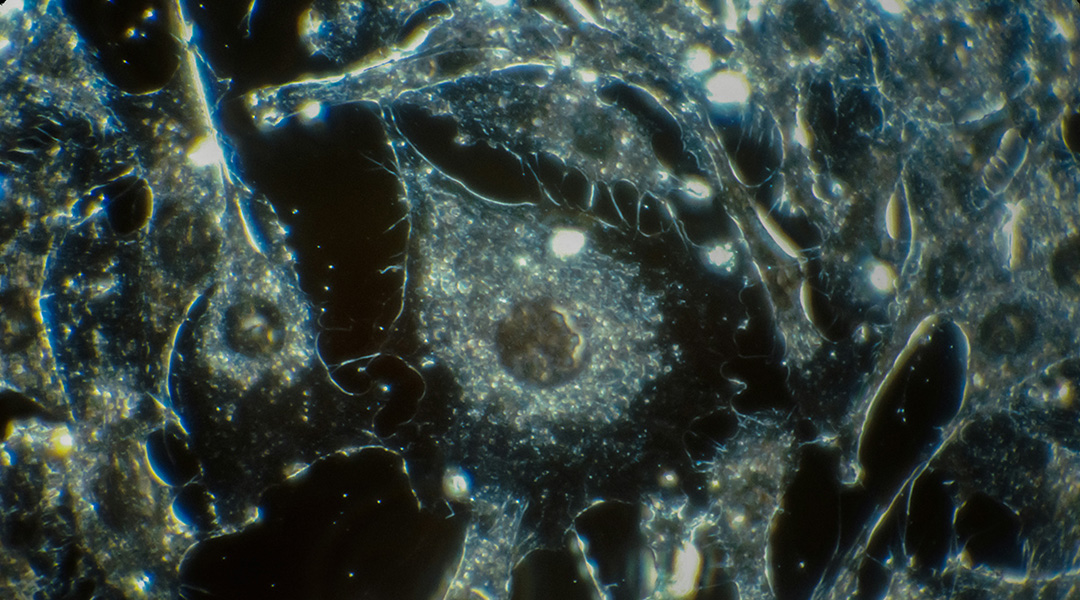
Killing cancer cells with a molecular jackhammer
Mechanical therapy physically breaks down cancer cells and could help overcome the problem of treatment resistance.

Gene therapy cures hereditary deafness in two people
Gene therapy restores hearing in children with hereditary deafness; ongoing trials show promise for widespread application.

New study reveals surprising impact of screen time on the developing brain
Researchers have found a trade-off with screen time and the cognition, behavior, and brains volume of adolescent and young children.
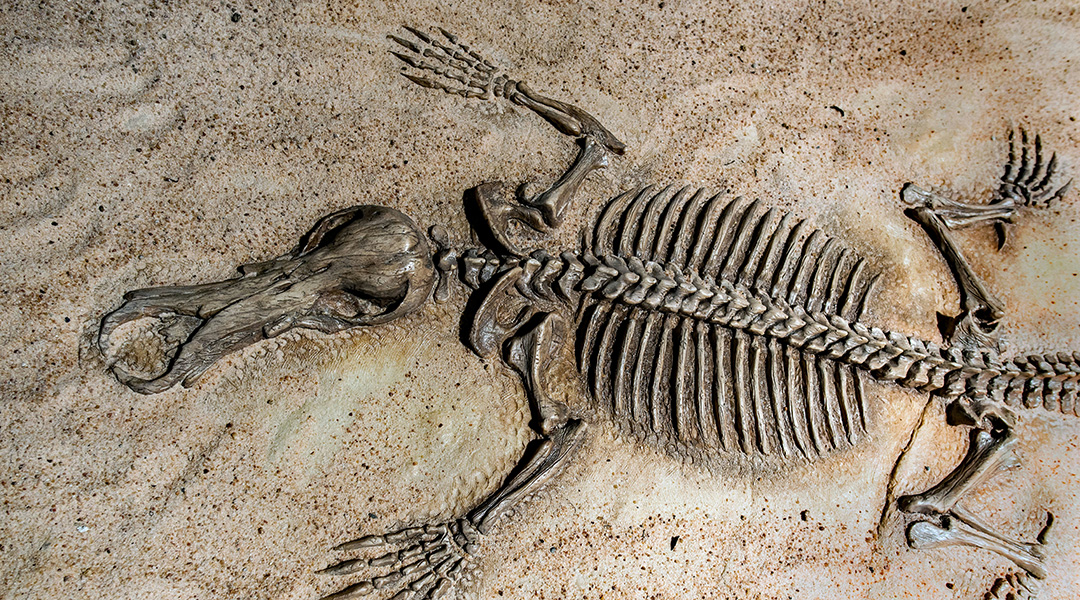
Do we age because of the dinosaurs?
A new theory suggests dinosaurs’ impact on early mammals’ evolution may explain variations in aging among present-day animals.
No Results Found
The page you requested could not be found. Try refining your search, or use the navigation above to locate the post.
No Results Found
The page you requested could not be found. Try refining your search, or use the navigation above to locate the post.
No Results Found
The page you requested could not be found. Try refining your search, or use the navigation above to locate the post.
No Results Found
The page you requested could not be found. Try refining your search, or use the navigation above to locate the post.
No Results Found
The page you requested could not be found. Try refining your search, or use the navigation above to locate the post.
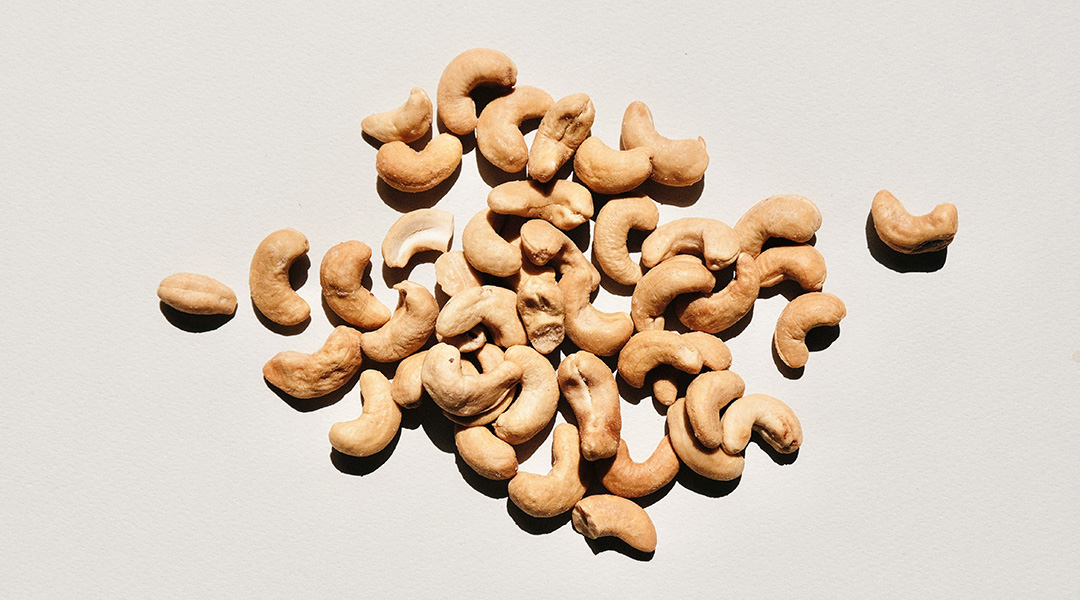
Say goodbye to food allergies with this nanoparticle therapy
Encapsulating allergens in nanoparticles was found to reprogram the immune system, suppressing severe reactions to food allergies.
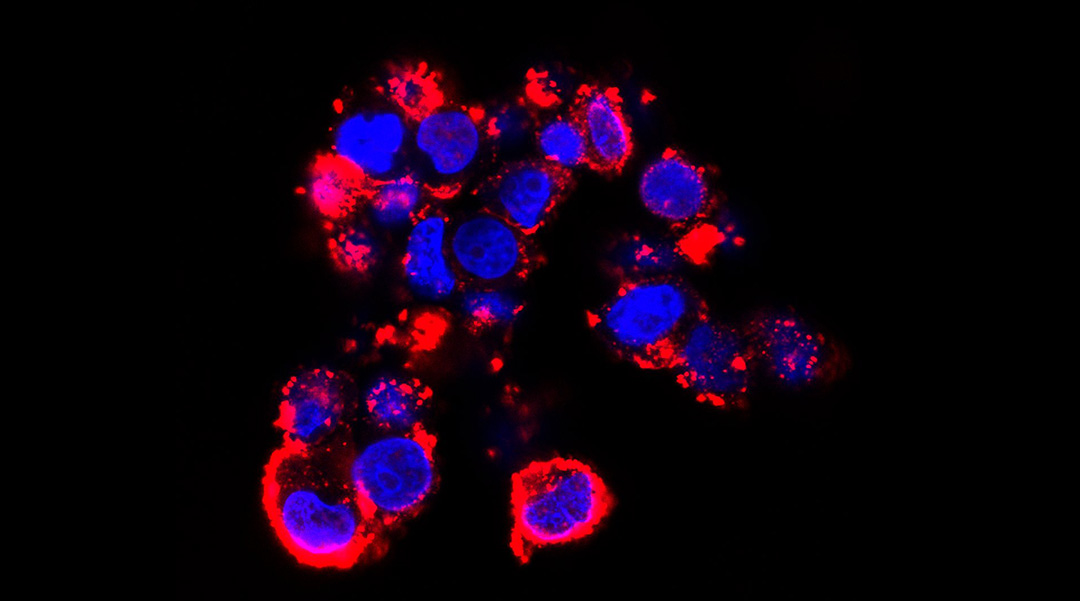
Nanoparticles deliver gene therapy to hard-to-reach brain tumors
Nanoparticles deliver anti-cancer drugs in hard-to-reach brain tumors prevalent in children, boosting both diagnosis and treatment.

How spending time in nature influences healthy eating habits
Scientists find evidence that nature boosts healthy food choices, revealing nature’s pivotal role in shaping positive dietary habits.
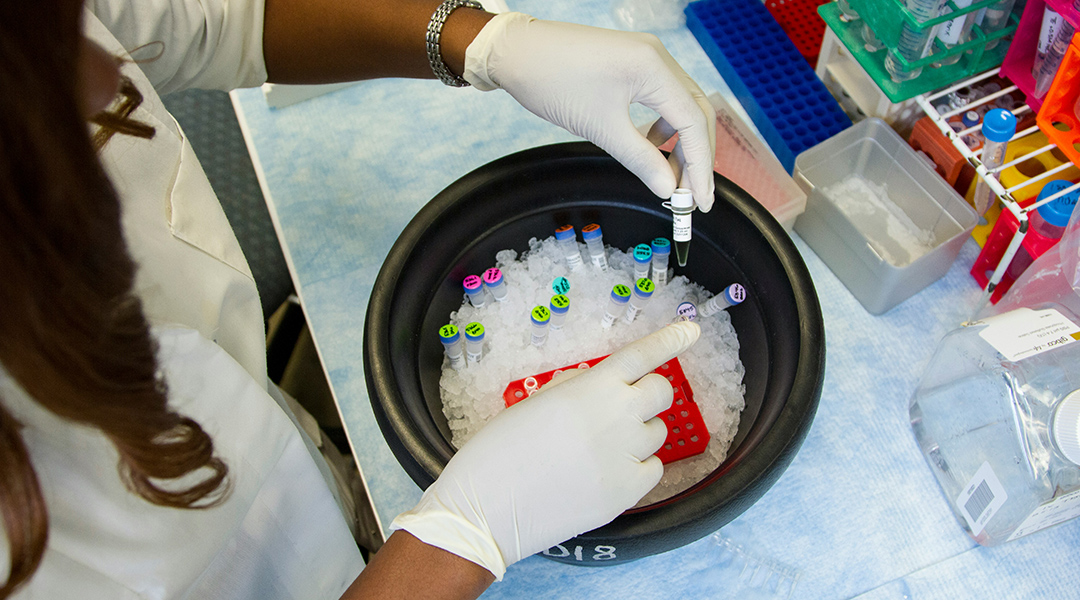
Blood test diagnoses osteoarthritis eight years before symptoms
Typical diagnosis is through X-rays, but this new test has the potential to spot osteoarthritis before joint damage appears.

Wearable patch monitors blood sugar via sweat
An energy-harvesting wearable patch continuously monitors blood sugar levels via sweat to prevent hypoglycemic events in diabetic patients.

The colorful secret behind stingrays’ electric blue spots
Dive into the mesmerizing world of sharks and rays, where vibrant blues emerge through never-before-seen structural colors.
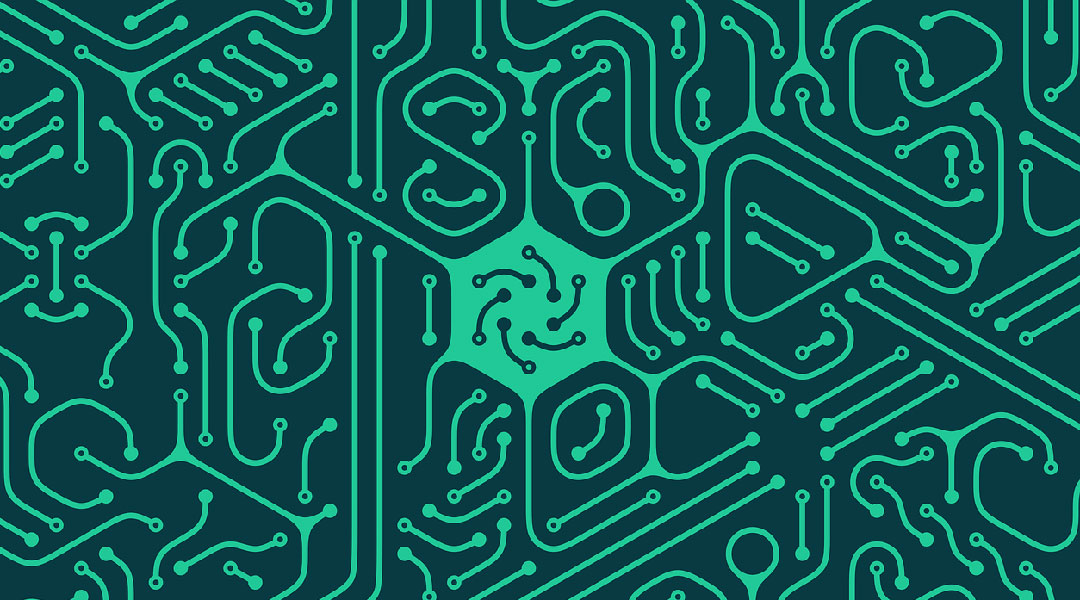
New memristor design could be a game-changer for AI and big data
Computers based on memristors promise significant energy savings and improved accuracy in large-scale computing.
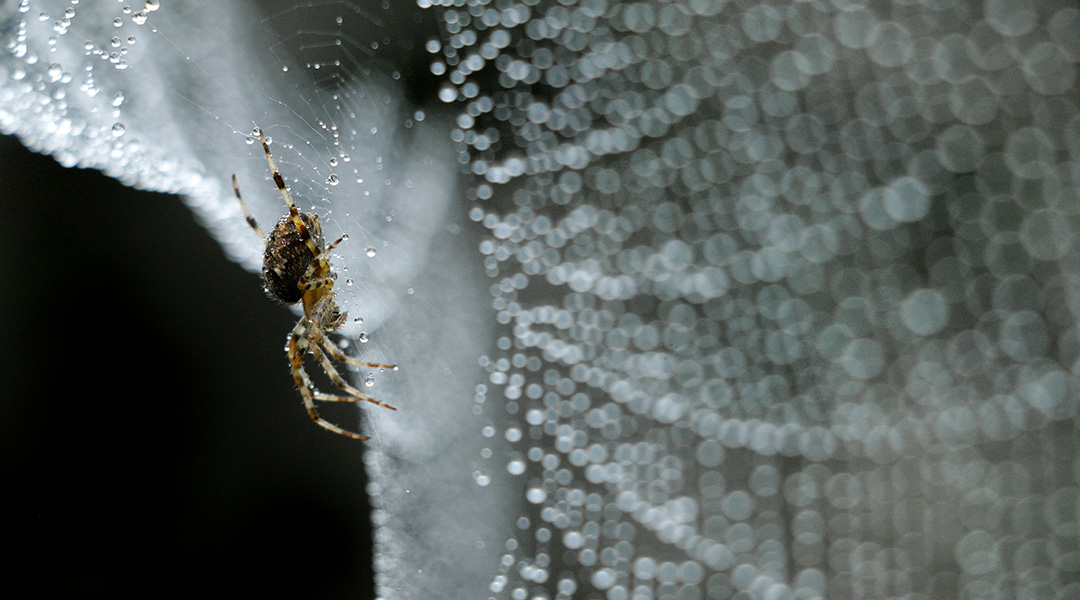
Making spider silk from tobacco plants
Plant cells outperform yeast or bacteria in producing spider silk proteins, enhancing production efficiency.

A nanogenerator that captures the energy of falling water
This nanogenerator built from waste DVDs can generate electricity from gliding droplets of water.

Climate modeling turns to clouds to unravel a long-standing enigma
Clouds have scrambled climate models for decades and researchers are doing something about it.
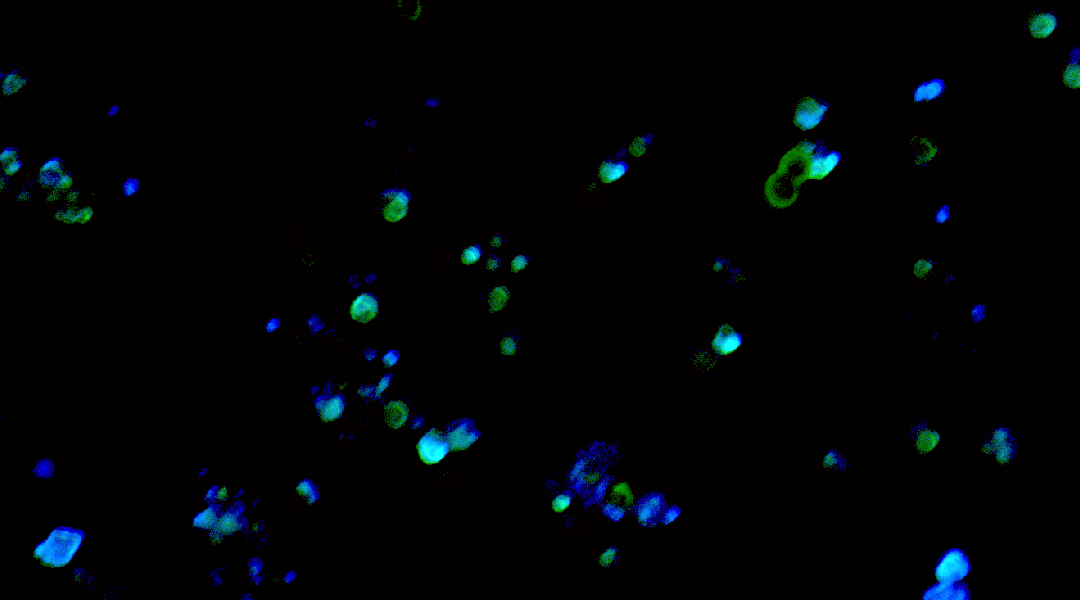
Algae-based microrobots clean up plastic waste
Swarms of iron-clad algae have been built to sweep through bodies of water to collect elusive bits of micro- and nanoplastics.

How education can help the “right to repair” movement
Through awareness and education, individuals may become more conscious of their future spending choices, ultimately contributing to the success of the right to repair movement.

Unexpected player links gravity and metamaterials
Scientists uncover a surprising link between hyperbolic metamaterials and gravity, revealing that light behaves similarly in both realms.
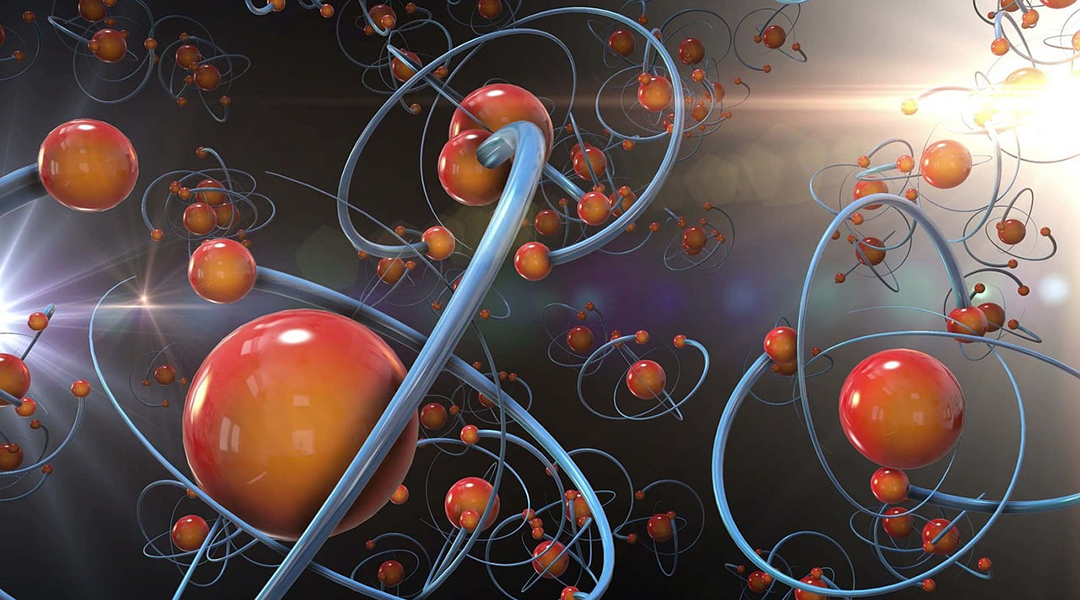
Scientists look for “new physics” beyond the Standard Model
Even a well-established theory like the Standard Model is not accurate all the time, and there are phenomena that defy its predictions.

Investigating ultrafast dynamics of matter with attosecond pulses of light
Scientists achieve a decade-long goal, perfecting the combination of attosecond pulses of light with electron microscopy to study matter.

“Cosmic vine” discovered by the James Webb Space Telescope
The twenty gravitationally connected galaxies extend through the early Universe for millions of light years.



